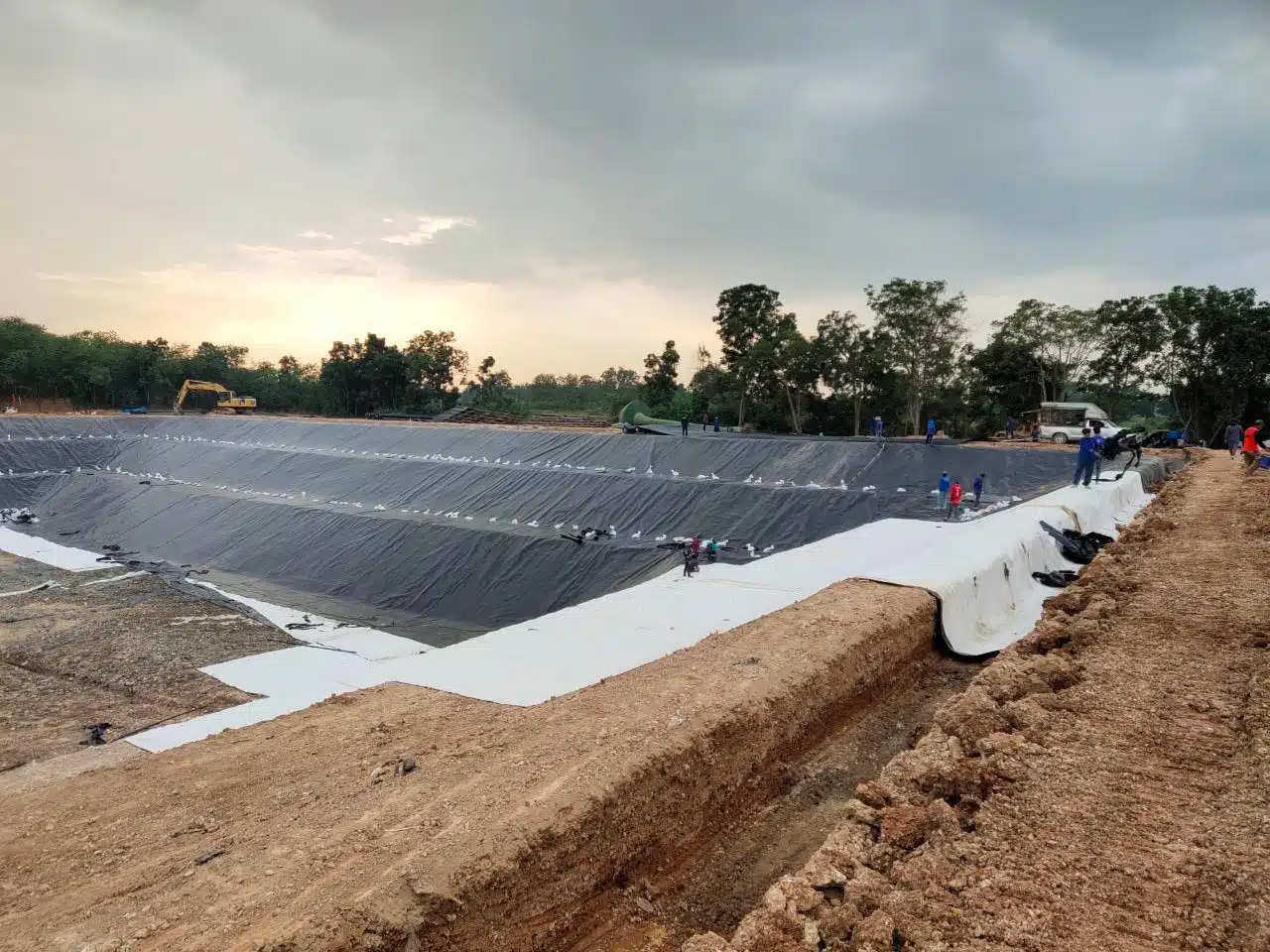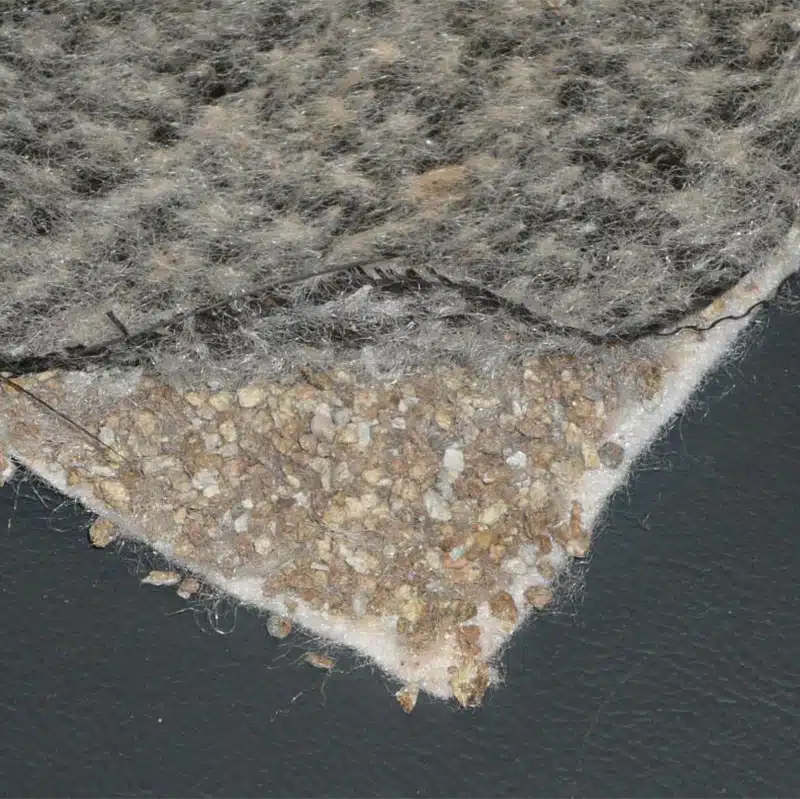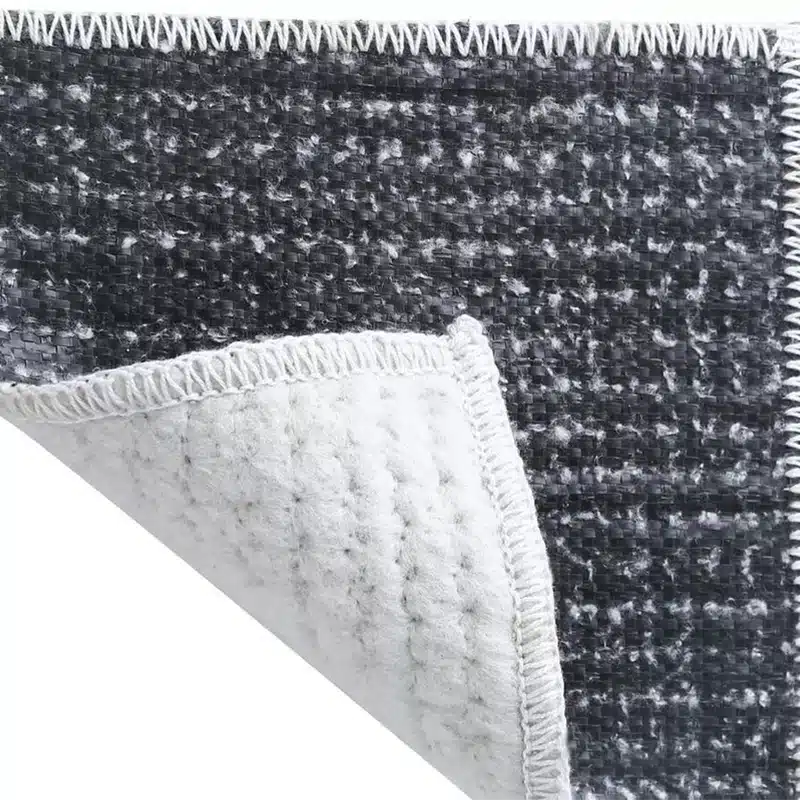+86-159 9860 6917
info@geofantex.com
geofantex@gmail.com
+86-400-8266163-44899
Geosynthetic clay liners (GCLs) are a crucial component in various environmental and construction applications and are known for their effectiveness in preventing fluid migration. Made from a layer of bentonite clay sandwiched between two layers of geotextiles, GCLs offer a versatile solution for containment projects. This article delves into the uses of GCLs, their differences from geomembranes, the various types of clay liners, and the primary function of GCLs in construction and environmental protection.
What is geosynthetic clay liner used for?
Geosynthetic clay liners (GCLs) are primarily used in containment applications to prevent fluid leakage. They are commonly employed in the construction of landfills, where they act as a barrier to stop leachate from contaminating the surrounding soil and groundwater. GCLs are also used in ponds, canals, and other water containment structures, as well as in artificial lake water features, landfills, ponds, underground garages, roof gardens, pools, oil depots, and chemical storage yards. Additionally, they are utilized in mining operations to contain hazardous materials. The bentonite clay in GCLs swells upon contact with water, creating a low-permeability barrier that effectively prevents fluid migration.

What is the difference between GCL and geomembrane?
Geosynthetic Clay Liners (GCLs) are primarily used in containment applications to prevent the leakage of fluids. Geosynthetic clay liners (GCLs) are made of a thin layer of bentonite clay between two layers of nonwoven geotextiles, providing a reliable barrier. They are commonly employed in the construction of landfills, where they act as a barrier to stop leachate from contaminating the surrounding soil and groundwater. GCLs are also used in ponds, canals, and other water containment structures, as well as in artificial lake water features, landfills, ponds, underground garages, roof gardens, pools, oil depots, and chemical storage yards. Additionally, they are utilized in mining operations to contain hazardous materials. The bentonite clay in GCLs swells upon contact with water, creating a low-permeability barrier that effectively prevents fluid migration.
What are the different types of clay liners?
There are several types of clay liners used in construction and environmental protection:
| Natural Clay Liners: | These are compacted layers of natural clay soil that are used to create a barrier against fluid migration. They are commonly used in the construction of ponds and landfills but require careful installation to ensure effectiveness. |
| Geosynthetic Clay Liners (GCLs): | These liners consist of a layer of bentonite clay sandwiched between geotextiles. GCLs are pre-fabricated and offer consistent performance, making them easier to install than natural clay liners. |
| Bentonite-Enhanced Soil Liners: | These are natural clay liners that have been mixed with bentonite to improve their sealing properties. They are used in situations where natural clay alone is insufficient to prevent fluid migration. |
What is the major function of GCL?
The major function of a Geosynthetic Clay Liner (GCL) is to act as a barrier that prevents the migration of fluids, particularly in containment applications. GCLs are often used to line the base of landfills as a barrier system to liquids, effectively preventing the migration of leachate into the surrounding environment. The bentonite clay within the GCL swells when it comes into contact with water, creating a low-permeability barrier that effectively stops the flow of liquids. This makes GCLs particularly useful in applications such as landfills, where they prevent leachate from contaminating the environment, as well as in water containment structures like ponds and reservoirs. GCLs are valued for their ease of installation, flexibility, and self-healing properties.
Geosynthetic Clay Liners (GCLs) are a vital tool in environmental protection and construction, offering an effective solution for preventing fluid migration. By understanding the uses of GCLs, the differences between GCLs and geomembranes, the types of clay liners available, and the primary function of GCLs, engineers and construction professionals can make informed decisions for their containment projects. Whether used in landfills, water containment, or mining operations, GCLs provide a reliable and efficient barrier against fluid leakage.



Get Free Sample
We’ll respond as soon as possible(within 12 hours)






















